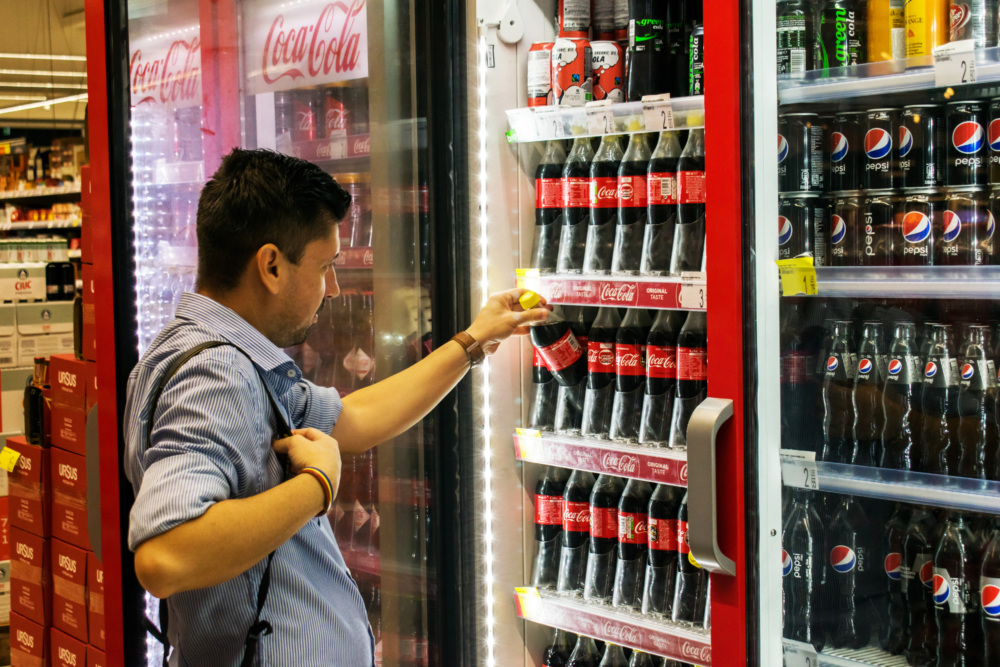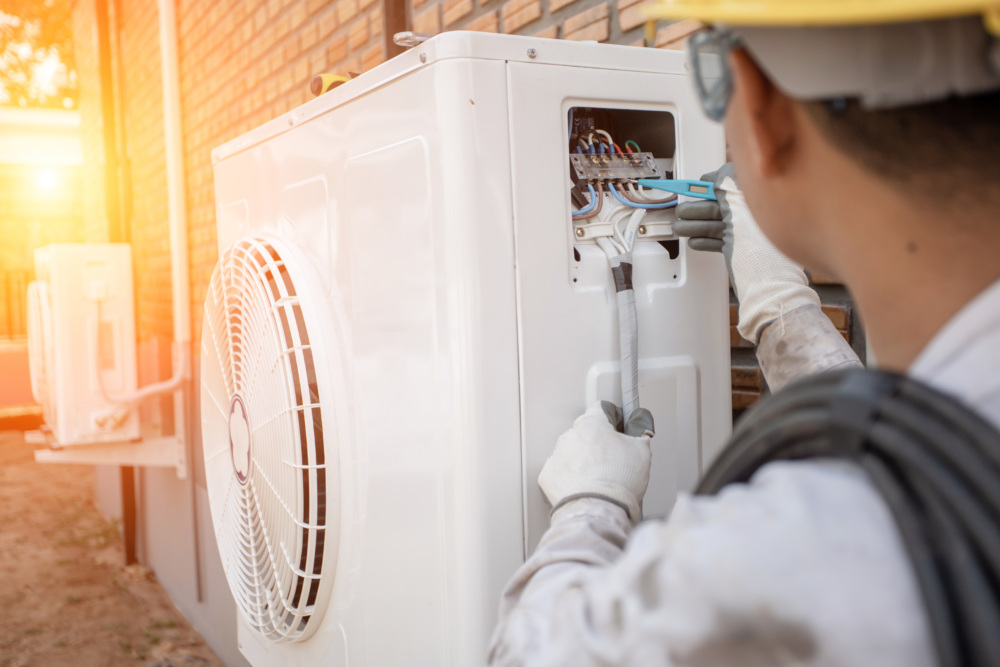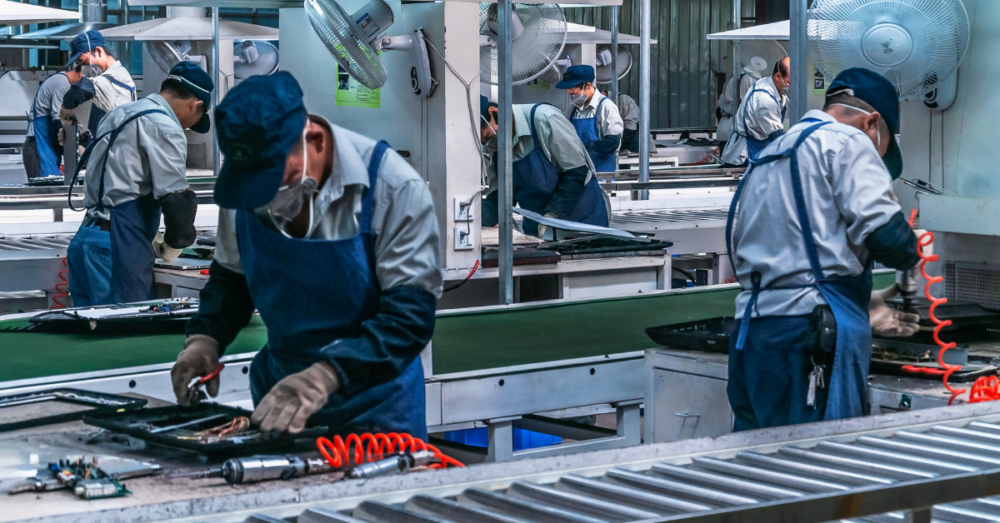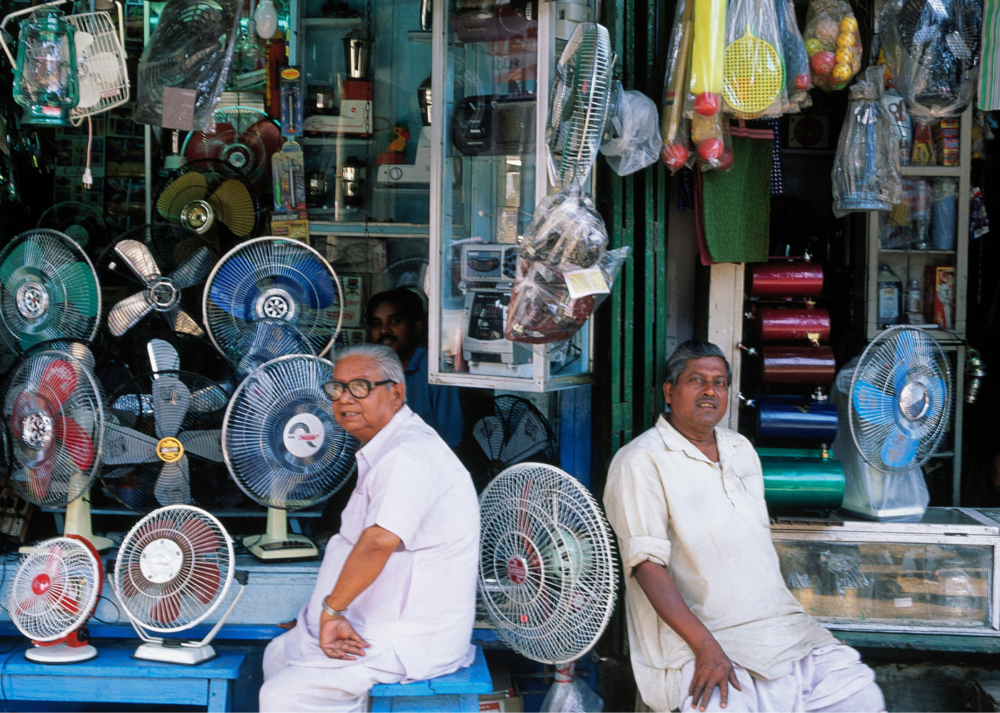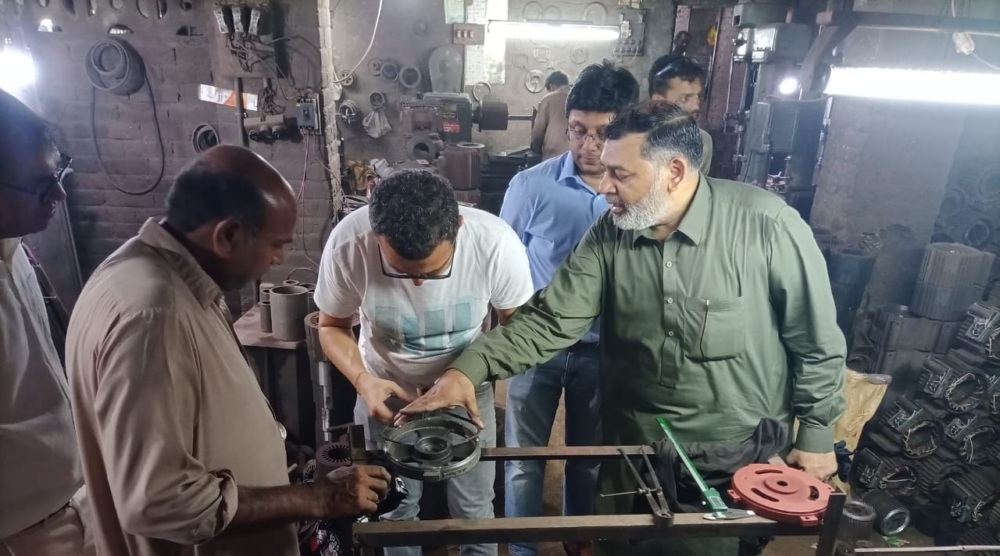New Report Recommends Policies to Cut Carbon from Electric Motors in Pakistan
In an effort to curb these acute environmental effects, as well as the PKR 2,400 billion (USD 16 billion) annual operating costs to consumers, a new report from CLASP investigates the potential to implement energy performance standards for these highly consumptive products.
The number of electric motors installed in Pakistan is expected to rise from 14 million to 25 million in the next ten years, an increase that will result in a 60% rise in electricity consumption and an increase in annual CO2 emissions from 37.5 Mt to 60 Mt. In an effort to curb these acute environmental effects, as well as the PKR 2,400 billion (USD 16 billion) annual operating costs to consumers, a new report from CLASP investigates the potential to implement energy performance standards for these highly consumptive products.
CLASP, and local partner HIMA^Verte, quantified the electric motors market in Pakistan and recommended policy options that would achieve climate impacts while protecting the local economy. Working with Pakistan’s National Energy Efficiency and Conservation Authority (NEECA), the report first recommends policies for larger motors (ie, those above 5kW), which use 70% of the annual energy consumed by motors in Pakistan yet represent only 3% of local production. Regulation of these larger motors would not significantly impact local producers, but rather place more stringent requirements on global brands that import motors. Such an approach was initially proposed because the implementation of the world’s best energy performance standards would significantly mitigate climate impacts, but almost no local manufacturers have the existing capacity to meet the requirement. In practice, such standards would severely affect the 400 or so local producers of electric motors in the primary production hub of Gujranwala.
Following extensive industry consultation, smaller manufacturers actively sought inclusion in the regulation as a driver to improve their own products and as a mechanism to open export markets as their improved production quality was verified by national registration. Hence the final draft regulation includes both larger motors up to 1,000kW, smaller motors down to 0.12kW and, potentially a world first, refurbished second-hand motors.
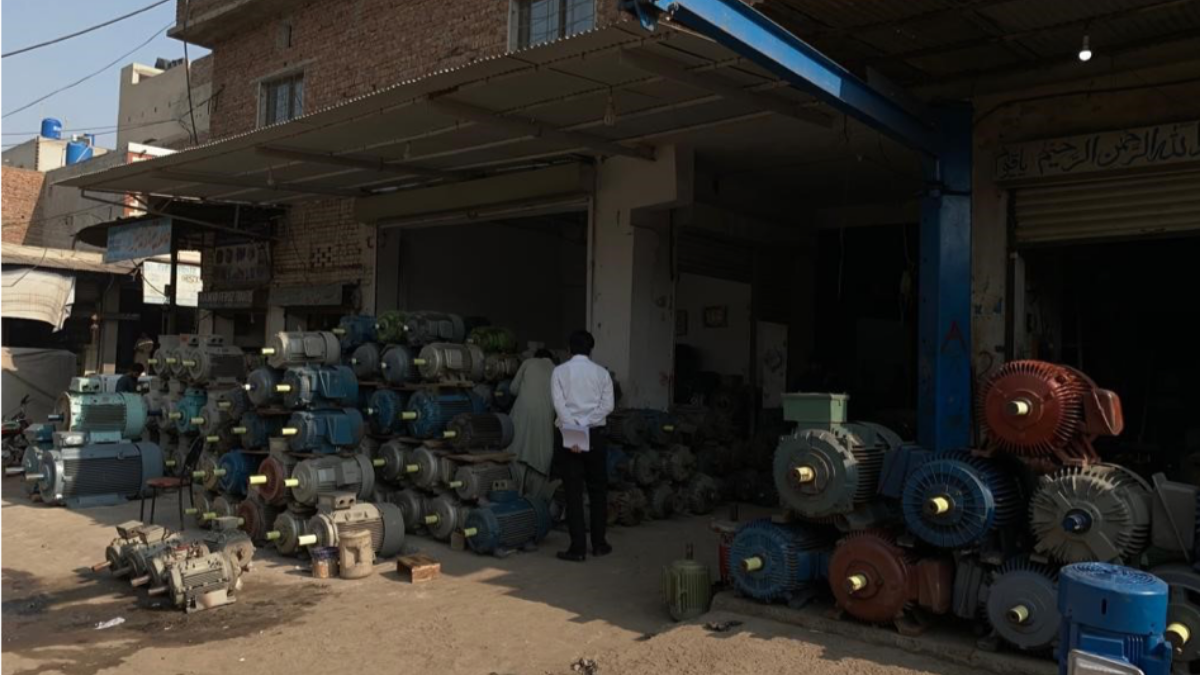
Formal adoption of the performance standard has been delayed due to COVID-19. However, it is anticipated by 2030 the regulations will save consumers a cumulative PKR 950 billion ($6.3 billion) and avoid 23.6 Mt CO2. This will make it the most impactful appliance policy so far adopted in Pakistan.
Energy Efficiency in Pakistan
Energy use in Pakistan, and particularly the demand for electricity, has risen rapidly due to population expansion, rural electrification, and general economic growth. However, most of the primary energy supply comes from natural gas and oil. As electricity demand continues to significantly outweigh economically viable supply, economic growth is slowed and the 40 million people without access to electricity remain in the dark. Until recently, efforts toward energy efficiency have been limited.
In support of Pakistan’s efforts toward highly efficient products, CLASP has engaged with decision-makers in the country since 2016. In the same year, CLASP supported the National Energy Efficiency and Conservation Authority’s (NEECA) implementation of Pakistan’s first successful energy label for ceiling fans. Since the program’s initiation, over 20 manufacturers have labeled their models with over 500,000 compliant fans sold in the market. The program will cumulatively avoid 335,000 tonnes of CO2 by 2030. Our continued collaboration in Pakistan will ultimately mitigate impacts on consumers, governments, and the climate.




